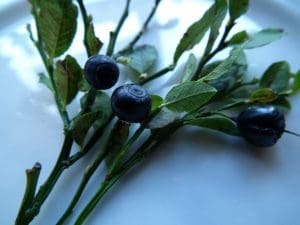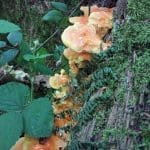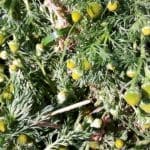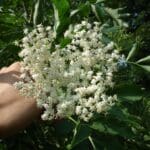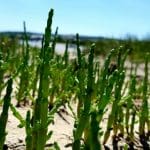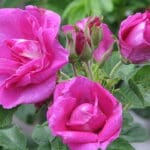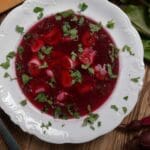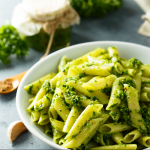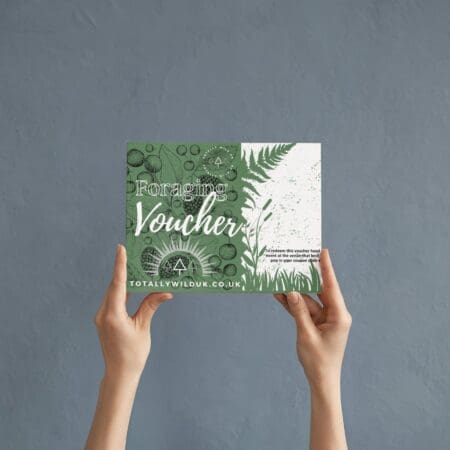Foraging in June can be really variable weather-wise, one day it’s hot and humid and the next day it’s damp and miserable. The summer solstice is towards the end of the month when the sun reaches its highest point, it’s an important time in the foraging calendar.
So what can you forage in June? Here are our top five picks for the month.
Elderflower
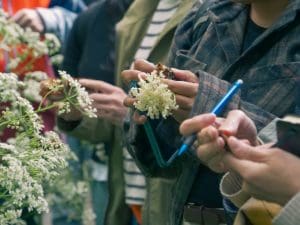
Grab them while you can! The season can be short for elderflowers but they dry really well or you can preserve them in a variety of different ways. Elder is a common and easy to ID tree/shrub that many people have growing in their gardens.
Click here for the ID guide for Elder.
Marsh Samphire
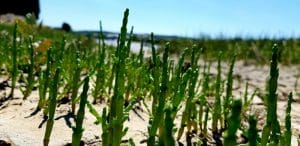
Becoming quite trendy over the last few years, it’s an easy and common plant in estuaries and tidal bays. It can be eaten raw or cooked and has an incredible salty flavour.
Click here for the ID guide for March Samphire.
Rose
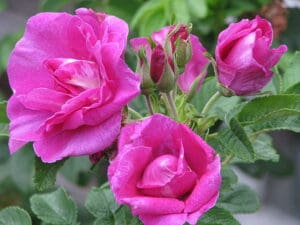
Rose bushes up and down the land fill with blooms at this time of the year. It’s a plant most people are already familiar with and the flowers of all roses are edible. If you’re a fan of Turkish delight you’re in for a treat. They’re nice added to salads or use them to flavour sugar and syrups.
Click here for the ID guide for Dog Rose.
Pineapple Weed
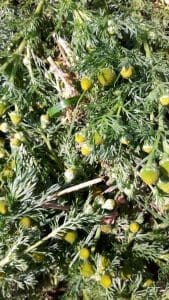
A non-native plant that’s closely related to Chamomile. All parts of the plant have a strong pineapple scent and flavour that’s great in desserts and salads.
Click here for the ID guide for Pineapple weed.
Chicken of the Wood

If it’s been a warm year Chicken of the Woods often starts to appear in June, it’s one of the easiest mushrooms to ID and is amazing as a meat substitute.
Click here for the ID guide for Chicken of the Woods.
Recipe of the month – Elderflower syrup
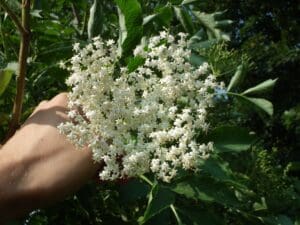
This recipe is a brilliant way to use up a serious glut of elderflowers whilst preserving the flavour in a concentrated form for use throughout the entire year. I use it to flavour cheesecakes, muffins and pies or it’s great just drizzled over fresh yogurt. Or want some Elderflower Gin – add 100ml of this elderflower syrup to 1 litre gin and hey presto!
Ingredients to make about 1 litre:
- 20 heads of elder flowers
- 500ml boiling water
- 750g white sugar (seems like a lot but it can be diluted after making)
Method:
- In a large pan bring your water to the boil and add the sugar until it fully dissolves (a minute or so)
- Chuck in your elderflowers and heat for a further 5 minutes (stir it regularly and well to get as much flavour out of them)
- Pass the lot through a sieve (or a muslin cloth if you don’t want any bits in the resulting syrup)
- Bottle up and enjoy
If you want to bottle up whilst the liquid is hot (it will have a longer shelf life) then I advise popping glass bottles in the oven on 100C for 15 minutes, removing whilst still hot and pouring in the syrup whilst also hot (over 90C) and putting the lid on as soon as physically possible.
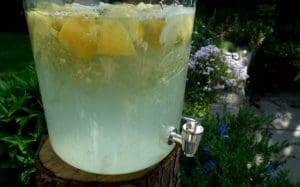
Click here for more Summer recipes
What to forage in May.
Mayday traditionally marks the beginning of summer and May can often be one of the warmest and driest months of the year, foraging in May can be fruitful. Spring greens are still out in force and the warmer weather means the next wave of edibles is just beginning.
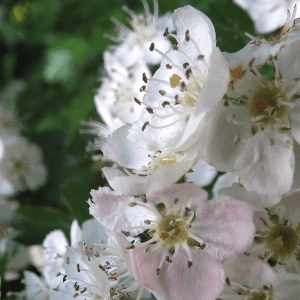
What to forage in July.
Foraging in July is typically the warmest month of the year, the hot weather can make finding fresh greens more difficult as plants focus their energy into producing flowers and fruits. Depending on weather conditions there are a few gourmet mushrooms around too.
